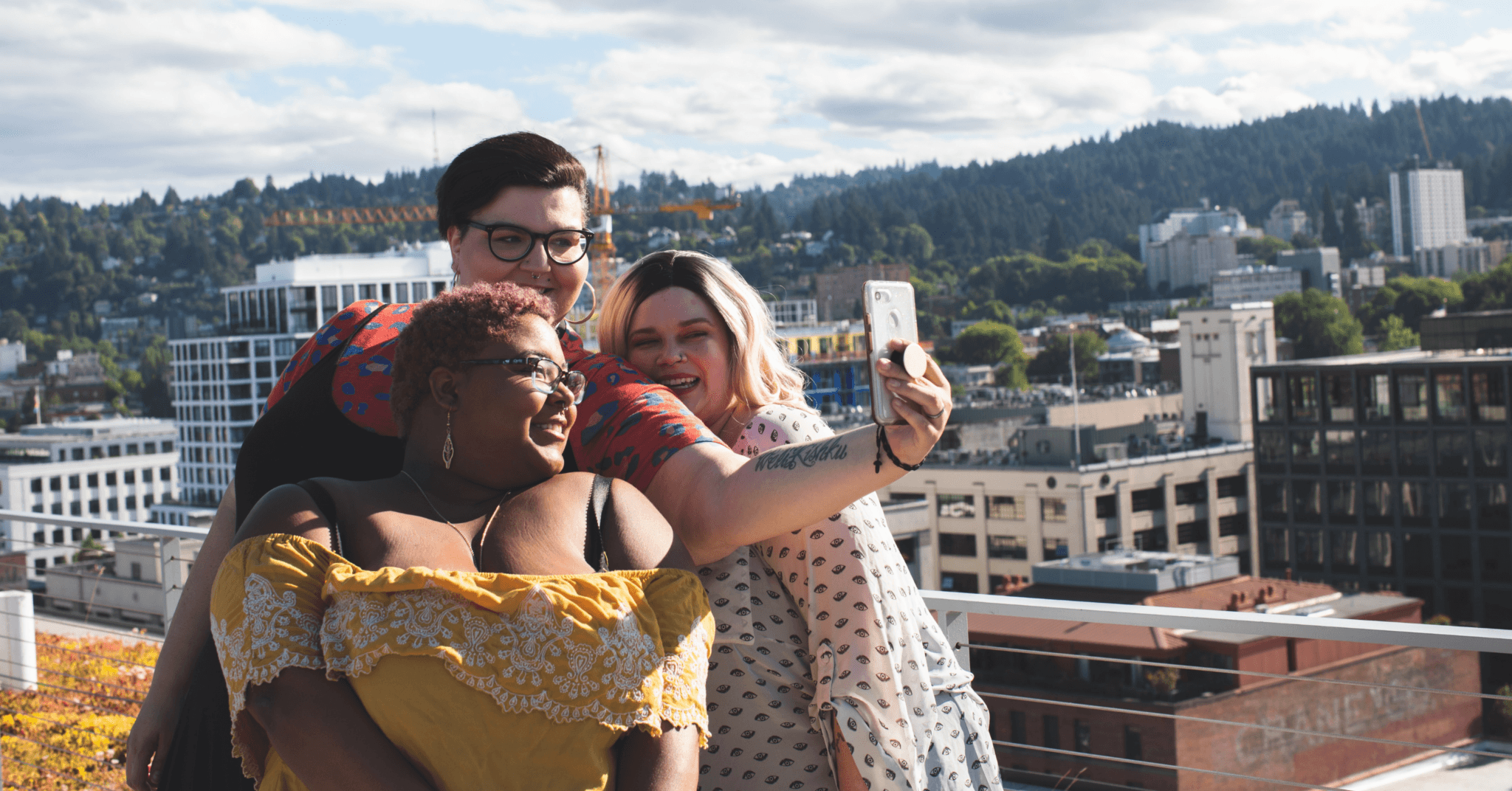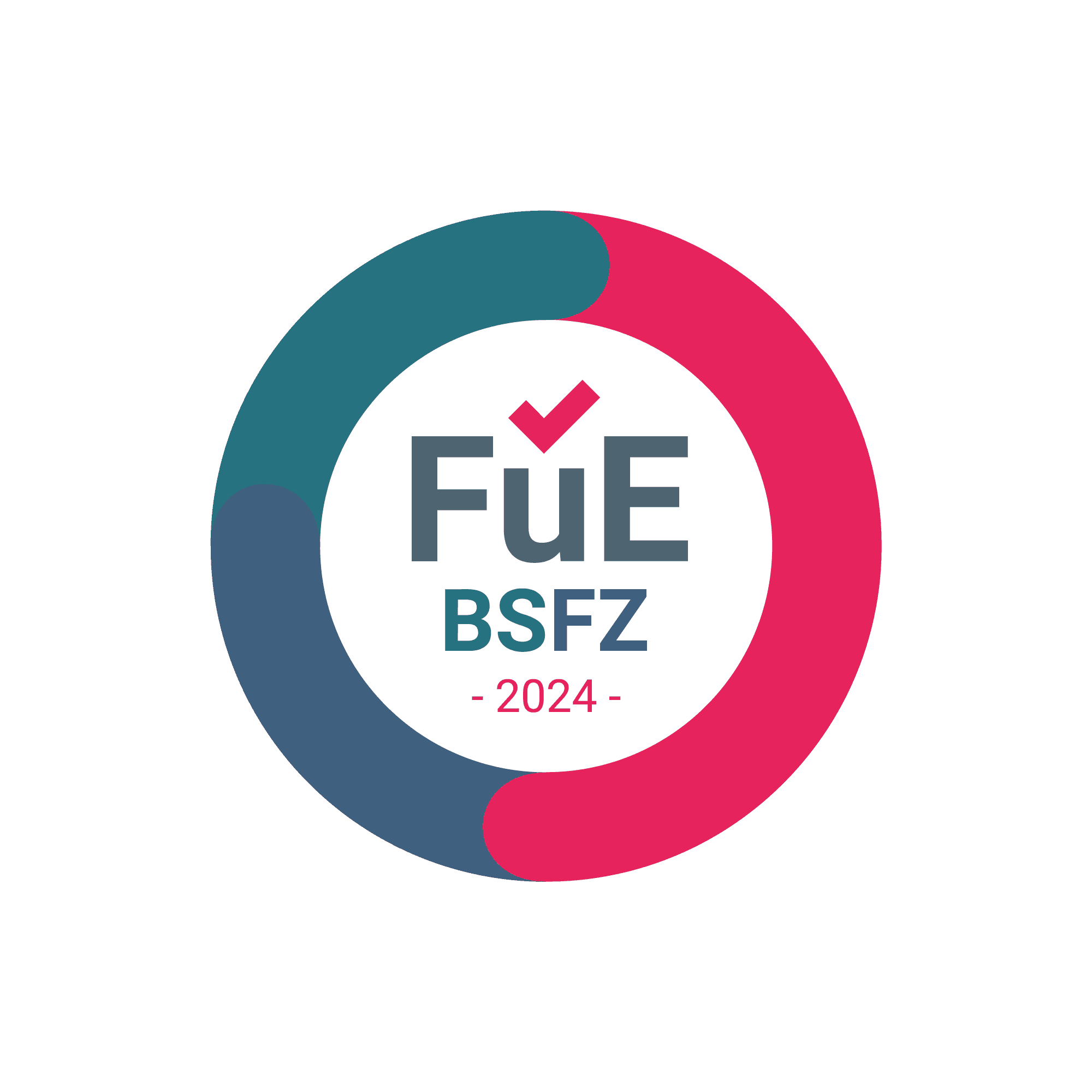FITA INSIGHTS
The Evolution of Plus-Size Fashion
By
Nicole Yazolino
Nov 23, 2021
4 minute read
The plus-size fashion industry is worth billions – over $20 billion in the US alone. That figure is growing. But diversity in fashion has not always been a thing.
As we spoke about in our blog on the history of vanity sizing, up until the 19th century, clothes were made to order. Almost all clothing was either made at home, or ordered from local tailors. While certain aesthetics came in and out of fashion based on the beauty standards of the time, the phenomenon of brands and identities as we know them today didn’t exist. In the first years of the fashion industry, plus-size fashion was a fledgling term that would eventually grow into a movement.
1920s: The Beginning of Plus-Size
Fashion as an industry has a long, lemniscate history, where necessity led to invention, and invention created new needs. While the mass standardization of sizing didn’t really begin until the 1940s, there were already companies that were aiming to serve specific consumer groups. One of those segments was plus-size women.
The earliest usage of the term ‘plus-size’ was by American women’s fashion brand Lane Bryant. The company was founded by young widow Lena Bryant at the turn of last century. She supported herself and her son by sewing clothing for expectant mothers and newborns. With a humble combined store and living quarters on Fifth Avenue in New York, Bryant became well known for her high-quality garments.
In 1922, the retailer began advertising apparel for “Misses-plus-sizes,” for women needing more garment room in the bust, waist, hips, and sleeves. The initial advertisement offered sizes 16-30, with corresponding bust measurements of 36-50. And a short 5 years later, the brand’s advertising campaigns dropped the word “misses,” leaving us with the term we know today. With the original tagline “Misses’ Styles in YOUR Size,” Lane Bryant had already recognized that clothing patterns didn’t fit everyone and that women of different sizes needed a solution.
A few other pioneers entered the fledgling plus-size market early on, including the UK retailer Evans, founded in 1930.
1950s: From Apparel to People
Throughout the 1920s and 30s, department stores began to showcase the first plus-size sections, offering women’s coats and dresses in extended sizes. Until the 1950s, the term plus-size was focused on clothing. However, in 1953 a Korell brand ad ran in a North Carolina paper reading “wonderful action-plus dress for the plus-sized woman.” This instance was one of the first on record of the term being applied not only to clothing, but to the women themselves. From the 1950s to 1970s, the plus-size category gained some traction, however the fashion choices remained largely uninspired and difficult to find.

1980s: The Plus-Size Fashion Market Grows
Plus-size shoppers were left without many mainstream options up until the 1980s. At the beginning of the decade, Italian apparel company Max Mara launched Marina Rinaldi – one of the first high-end apparel brands for plus-size women. There were other boutiques and brands at the time, including the famous and now extinct Forgotten Woman boutique. Despite the increased apparel offering for plus-size shoppers, truly fashionable clothing choices still remained elusive.
A 2010 New York Times article points out that despite the clear market growth, plus-size clothing had historically been ignored in the eyes of mainstream fashion. Where standard clothing filled ads and shop windows, plus-size apparel was relegated to specialty stores, single boutiques, and catalogues. Shoppers seeking fitting fashions were not able to shop in the same places as the rest of society, and eventually that fact was rightly criticised.
2000s: Impact of Social Media
According to researcher Laura Downing Peters, 2010 was the year when plus-size fashion made it to the mainstream. The publication of various memoirs, books, and the inclusion of plus-size models in magazines sparked important discussions about how unjust it was that the gatekeepers of fashion were left to decide who was ‘in’ and who was ‘out.’
As voices were elevated in print media, social technologies enabled the otherwise unheads masses to directly voice their opinions and needs. An entire generation was now able to speak for themselves in areas that were traditionally the domain of marketing and advertising departments. Instead of companies feeding identities to consumers, people began to decide how they want to be seen and perceived by the greater society. (And they still do!)
The infrastructure of social media enabled voices to categorize themselves, and ultimately find each other, using hashtags. This, in turn, brought topics to people’s awareness that may have otherwise stayed off their radar, further fueling a movement towards inclusion and visible diversity. In the fashion sphere, hashtags such as #IWokeUpLikeThis, #EffYourBeautyStandards, #HonorMyCurves, #CelebrateMySize, #GoldenConfidence, and #ImNoModelEither, offered an empowered, public way to reclaim space in society.
In addition to social media, another branch of the media has affected both social change and the fashion industry as a whole – the blogosphere. Leading plus-size fashion blogs like A Curious Fancy, Kelly Augustine, And I Get Dressed, Jay Miranda, and P.S. It’s Fashion gave voice to the changing attitudes by showing up, celebrating plus-size fashion and promoting positive body confidence.

Today: Changing Terminology for Changing Times
With the increase in visibility for all bodies, people are also revisiting and reimagining the historically used terminology. The opinions on the term plus-size range from full ownership of the term, to outright rejection of the term completely. Over the last decade, we’ve seen terms enter the social media spheres and apparel markets from voluptuous, juicy, curvy, and thicc, to the complete ownership of the previously stigmatized term ‘fat.’ While people are exploring empowered identities and definitions on a personal level, companies are also creating new approaches to ensure inclusion in retail.
As brands increasingly embrace shoppers of all sizes, they take different approaches to a more diverse apparel offering. Companies like ASOS have curated apparel sections like ASOS Curve + Plus Size. Retailers like City Chic specialize in plus-size clothing. Companies like Universal Standard take a different approach by aiming for completely size-inclusive within a single line with no separate classification for plus-size shoppers.
The fashion industry is changing with the times. Before, companies dictated fashions. Now, the impulses are coming from the consumers themselves. As people demand more inclusion, powered by spend, companies are making adjustments to meet the needs of customers.
Images: Jade Destiny, Eye for Ebony, AllGo
To learn more about how we can help you and support your specific needs Contact us.
































































